
Tracy Shaw – Managing Nursing Emergencies
- Rapid Assessment Techniques
- History Taking Strategies with the Compromised Patient
- Interventions for Cardiac, Neurological, and Respiratory Emergencies
- Crisis Management to Promote the Best Patient Outcomes
Managing Nursing Emergencies teaches you skills to increase your confidence for those emergency events that can happen to any nurse, on any floor when working with patients. Subtle signs and changes in a patient’s condition can mean the difference between a crashing patient and a stable patient.
Join expert, Tracy Shaw, and learn the essential skills to identify these subtle changes in a patient’s condition in order to intervene in an emergency in any healthcare setting.
Leave this seminar with the skills you need to respond with confidence to the next nursing emergency you encounter.
OUTLINE
Identify the Red Flags
- Triage: Every Nurse Needs It
- Identify red flags in patient presentation
- Critical thinking
- Advanced identification skills
- Prioritizing patient acuity
- Identify red flags in patient presentation
- Rapid Assessment and Medical History Techniques
- Triangle Triage
- ABCD Assessment in Less than 10 Seconds
- The importance of asking the right questions to get the most important info
- Quick and Thorough Rapid Assessments
- General
- Neurological
- Cardiovascular
- Pulmonary
- Psychosocial
Neurological Emergencies
- Prevention, Presentation, Action for:
- Intracranial pressure: Concepts of volume and pressure
- Malignant headache
- Cerebrovascular accident (CVA)
- Delirium
- Autonomic dysreflexia
Cardiac Emergencies
- Prevention, Presentation, Action for:
- “I’m having chest pain…”
- Acute coronary syndromes
- Ischemia: Stable vs. unstable
- Non-STEMI
- STEMI
- Heart failure
- Pulmonary embolism
Pulmonary Emergencies
- Prevention, Presentation, Action for:
- Respiratory failure
- COPD: Emphysema and chronic bronchitis
- Acute Respiratory Distress Syndrome (ARDS)
Endocrine Emergencies
- Prevention, Presentation, Action for:
- Diabetic Ketoacidosis (DKA)
- Hypoglycemia
Fluid Imbalance/Circulatory Emergencies
- Prevention, Presentation, Action for:
- Sepsis
- SIRS to Septic Shock
- Hemorrhage and Delayed Hemorrhage
- Shock
- Delayed Hemorrhage in Trauma
- GI Bleeds
- Abdominal Aortic Aneurysm
- Compartment Syndromes
- Extremity
- Abdominal
OBJECTIVES
- Describe two types of rapid assessment techniques and how to employ them for the best results during a patient emergency.
- Discuss techniques for getting critical information during a rapid patient assessment.
- Review components of a quick but thorough patient assessment with emphasis on evaluation of neurological, cardiac, pulmonary and psychosocial systems.
- Recognize EARLY assessment findings in clinical syndromes that may progress rapidly and cause life-threatening conditions.
- Review volume and pressure concepts as they relate to intracranial pressure, linking these concepts to clinical correlates in patients with neurological emergencies.
- Discuss hemodynamic concepts related to shock states.
- Discuss presentations, assessment findings and nursing actions for specific neurological, cardiac, respiratory, endocrine and fluid imbalance emergencies.
- Explore the philosophy of patient- and family-centered care, and how this philosophy can be incorporated into care of the critically ill patient.
What is health?
The word health refers to a state of complete emotional and physical well-being. Healthcare exists to help people maintain this optimal state of health.
According to the Centers for Disease Control and Prevention (CDC), healthcare costs in the United States were $3.5 trillionTrusted Source in 2017.
However, despite this expenditure, people in the U.S. have a lower life expectancy than people in other developed countries. This is due to a variety of factors, including access to healthcare and lifestyle choices.
Good health is central to handling stress and living a longer, more active life. In this article, we explain the meaning of good health, the types of health a person needs to consider, and how to preserve good health.
In 1948, the World Health Organization (WHO)Trusted Source defined health with a phrase that modern authorities still apply.
“Health is a state of complete physical, mental, and social well-being and not merely the absence of disease or infirmity.”
In 1986, the WHOTrusted Source made further clarifications:
“A resource for everyday life, not the objective of living. Health is a positive concept emphasizing social and personal resources, as well as physical capacities.”
This means that health is a resource to support an individual’s function in wider society, rather than an end in itself. A healthful lifestyle provides the means to lead a full life with meaning and purpose.
In 2009, researchers publishing inThe LancetTrusted Source defined health as the ability of a body to adapt to new threats and infirmities.
They base this definition on the idea that the past few decades have seen modern science take significant strides in the awareness of diseases by understanding how they work, discovering new ways to slow or stop them, and acknowledging that an absence of pathology may not be possible.





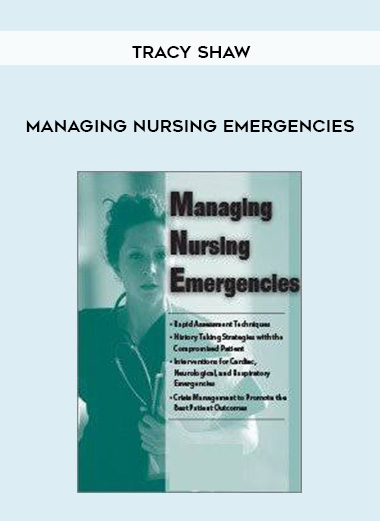
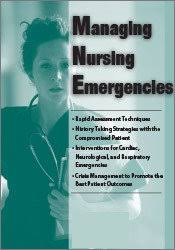
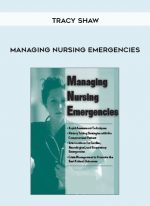

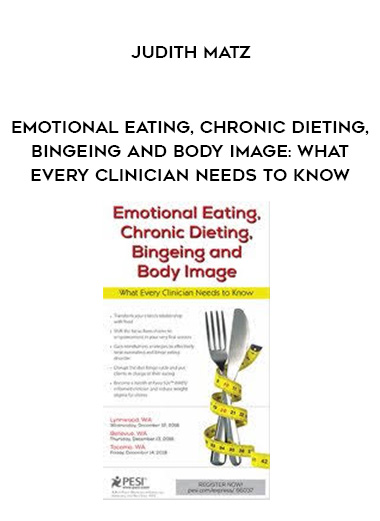
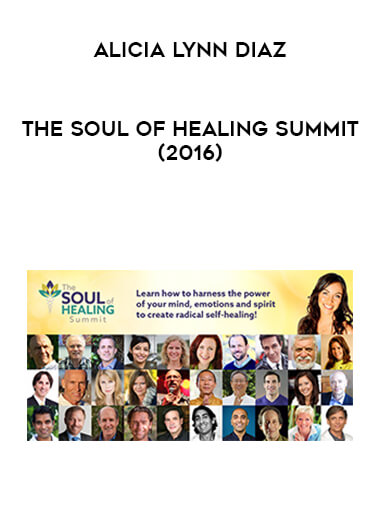





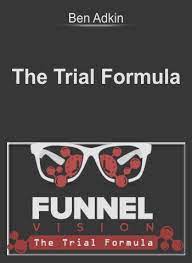







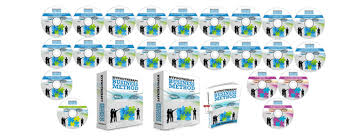




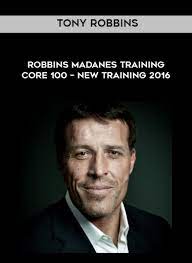











Reviews
There are no reviews yet.